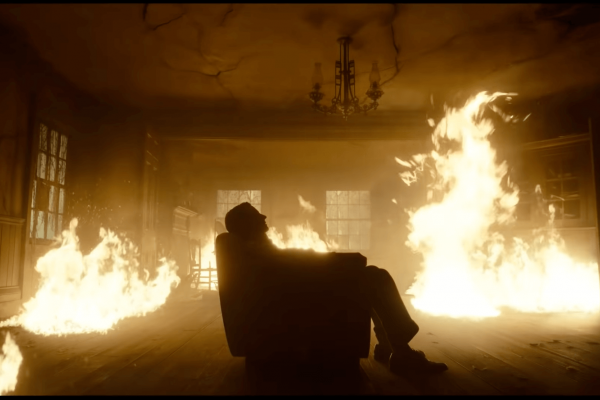Dec 23, 2021
Despite the discomfort some viewers might feel from the film’s visceral violence, Nightmare Alley is ultimately an old-fashioned morality tale, one in which del Toro refuses to let his central character escape the weight and judgment of his own actions. The film barrels towards the moment when Stan’s schemes fall apart with unrelenting brutality, and eventually Stan’s machinations begin to unravel. Nightmare Alley also thrills in the strong performances of characters: Cate Blanchett’s Dr. Lilith Ritter, cool and unflappable, always in control even when she seems not to be; Toni Collette’s Zeena, whose love is more complex than it initially appears.
Read the Full Article

Already a subscriber? Login
